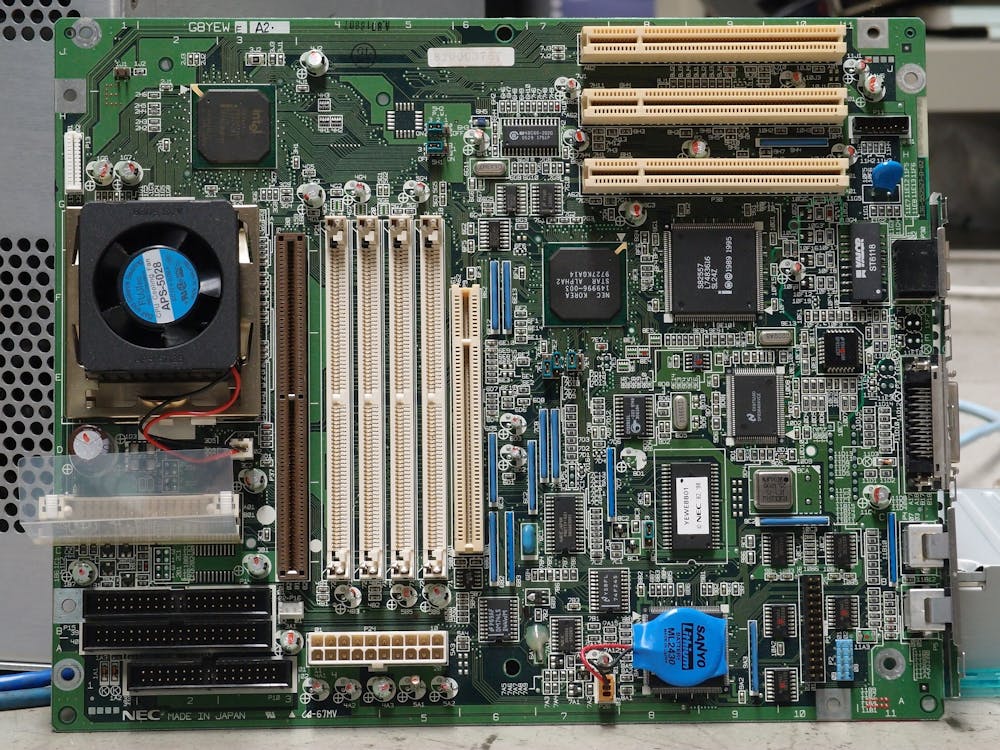New development in magnesium battery
New research from scientists at the University of Houston, collaborating with the Toyota Research Institute of North America (TRINA), reveals the development of an improved magnesium battery that generates a power density roughly equivalent to that of lithium-ion batteries. Magnesium batteries, though more cost-efficient and debatably safer than lithium-ion batteries, have been technologically limited due to their low power capacity.
The study, published in Nature Energy, showcases the new cathode and electrolyte that the researchers developed. Together, they create the conditions for a magnesium battery that can operate while providing sufficient energy. This breakthrough could have significant implications for grid-scale energy storage.
In order to address the limitations that magnesium ions have typically faced in generating power, the researchers, led by co-corresponding author Yan Yao, Cullen Professor of Electrical and Computer Engineering at the University of Houston, joined an organic quinone cathode with a boron cluster-based electrolyte solution.
"We demonstrated a heterogeneous enolization redox chemistry to create a cathode which is not hampered by the ionic dissociation and solid-state diffusion challenges that have prevented magnesium batteries from operating efficiently at room temperature," Yao said. "This new class of redox chemistry bypasses the need of solid-state intercalation while solely storing magnesium, instead of its complex forms, creating a new paradigm in magnesium battery electrode design."
Co-corresponding author Rana Mohtadi, from TRINA, commented on the idea behind this combination of an organic quinone cathode with the electrolyte based on boron cluster anions: "We had hints that electrolytes based on these weakly coordinating anions in principle could have the potential to support very high cycling rates, so we worked on tweaking their properties. We tackled this by turning our attention to the solvent in order to reduce its binding to the magnesium ions and improve the bulk transport kinetics. We were fascinated that the magnesium plated from the modified electrolyte remained smooth even under ultrahigh cycling rates. We believe this unveils a new facet in magnesium battery electrochemistry."

The researchers have high hopes for their magnesium battery, saying it has already proved its worth. "The new battery is nearly two orders of magnitude higher than the power density achieved by previous magnesium batteries," said first author Hui Don. "The battery was able to continue operating for over 200 cycles with around 82% capacity retention, showing high stability. We can further improve cycling stability by tailoring the properties of the membrane with enhanced intermediate trapping capability."
Sources: Nature Energy, Eureka Alert








